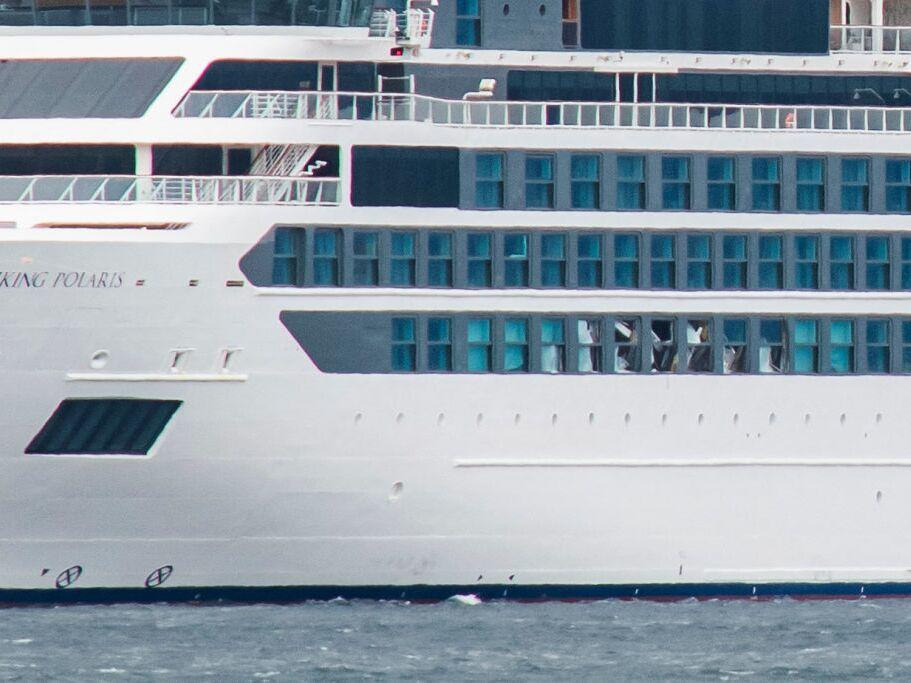Section Branding
Header Content
Rogue waves can strike without warning. These scientists found a way to predict them
Primary Content
Huge, freak waves that seem to come out of nowhere and endanger ships at sea could someday be predicted with enough advance warning to let sailors get ready.
That’s because researchers have developed a computer system that can use measurements from buoys to correctly predict 73% of abnormally large waves five minutes before they occur, according to a new study in the journal Scientific Reports.
Sailors have long reported experiencing occasional freak waves, but the first scientifically-documented one didn’t come until 1995, when a nearly 84-foot wave suddenly struck an instrument-rigged gas platform in the North Sea.
Rogue waves can damage vessels and critical infrastructure, and they can even kill. In 2022, for example, one cruise ship passenger died and others were injured when a freak wave hit the Viking Polaris.
“You worry about passenger safety, particularly near windows. Those are vulnerable areas,” says Balakumar Balachandran, a researcher with the University of Maryland in College Park, who notes that rogue waves “could cause power failures, or even fires.”
Balachandran, with colleague Thomas Breunung, wanted to see if a computer system could learn to detect signs of a rogue wave forming. They fed a neural network billions of sea-surface elevation measurements taken from 172 buoys located off the coasts of the United States as well as the Pacific islands.
Each of these buoys has been recording for a different period of time, says Breunung, but piecing them all together provides “880 years of data” on ocean waves, including thousands of rogue ones that were substantially higher than waves nearby.
Training their computer system on all this data eventually allowed it to recognise the waves that occurred before a rogue wave happened, and to distinguish them from waves that weren’t followed by this kind of event.
“With this approach, we could predict three out of four rogue waves,” says Breunung. “I was surprised.”
They further tested their system using information from buoys not included in their data, and found that it was still able to predict the emergence of rogue waves for these locations too. “That told us that whatever relationship we came up with was fairly universal,” says Balachandran.
The system did give some false alarms, but the researchers say that from a safety standpoint, knowing that a rogue wave might happen is better than not knowing.
Still, the researchers would like to improve the accuracy, perhaps by incorporating things like water depth and wind speed. They envision that one day, an alert system could be developed that gives ships and exploration platforms the ability to know what’s coming, so that they can batten down the hatches.
“I think that what we have right now is the genesis of a tool,” says Balachandran. “I wouldn't say this is definitely a tool yet, but just a starting point.”

